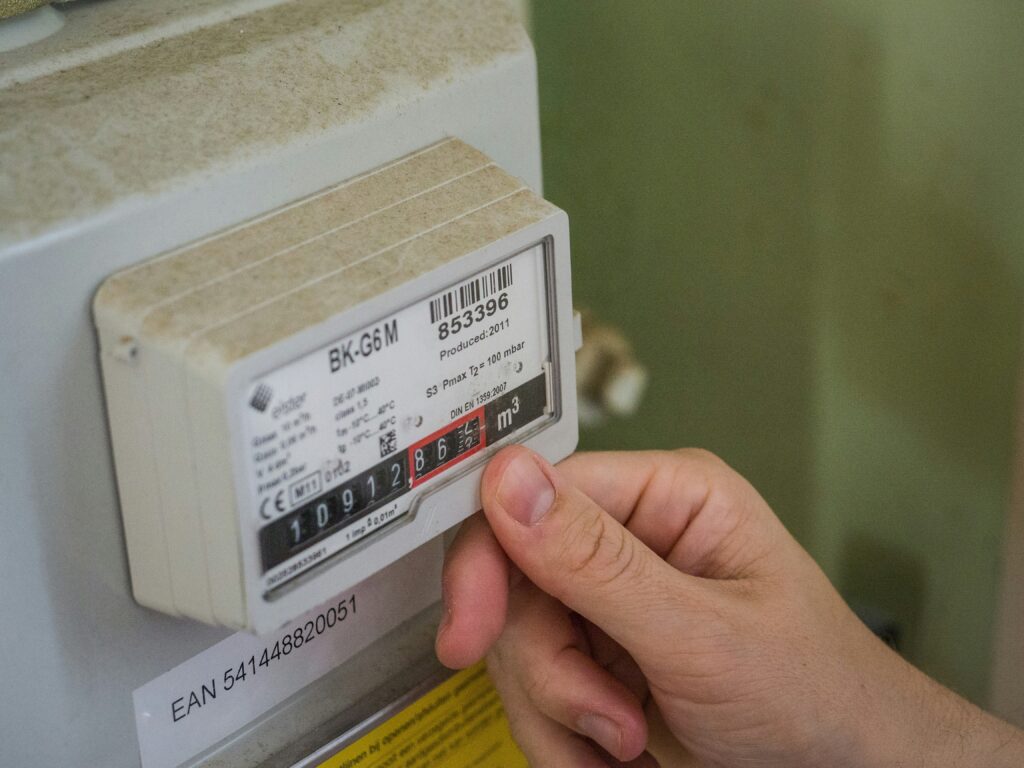The Action Plan proposed by the European Commission is projected to lower electricity bills by €2.5 trillion in the following 15 years to alleviate the increasing energy impoverishment crisis, which now engulfs 47 million people in the European Union. The Action Plan aims to provide short-term relief to consumers and at the same time build a renewable energy capacity for the future, coupled with a better-connected electricity grid across the EU, thus enhancing the long-term independence from foreign sources to meet energy imports.
The Energy Crisis and the Rise of Energy Poverty
Three years on from the Russian invasion of Ukraine, Europe still suffers the brunt of both economic and energy challenges. The entire event triggered an energy crisis where electricity went sky-high, making it virtually impossible for millions of Europeans to afford even the most basic needs of energy.
Currently, 47 million EU citizens are classified as “energy poor,” representing an increase of 57 percent since 2019. Householders are unable to heat or cool a home or meet other basic electricity needs, or they have a burden of energy costs while spending a disproportionate amount of their income on energy services. This is more than a house-inhabiting poverty issue; it is also another detractor from Europe’s industrial competitiveness because it makes it even more difficult for businesses to run efficiently.
Action Plan of the European Commission
To counter the rising energy bills and lessen dependence on Russian fossil fuels, affordable energy is to be made available in the form of an Affordable Energy Action Plan, proposed by the European Commission and is part of the broader Clean Industrial Deal. It includes:
- Scaling up renewable energy generation with solar, wind, and other sustainable sources.
- Strengthening grid infrastructure will bring out electricity distribution better and thus prevent volatility at the grid.
- Improving market integration by removing obstacles to energy trade across EU countries.
- Introducing better price control mechanisms to stabilize electricity costs for consumers and industries.
Expanding Renewable Energy and Overcoming Resistance
Since the invasion of Russia into Ukraine, the EU steadily ramped up its renewable energy capacity to lessen its dependence on Russian gas and oil. For example, Germany was greatly reliant on Russian energy previously; however, in the future, it is to produce 20% of its electricity from solar power.
Some challenges remain. Rapid expansion of renewable energy has resulted in:
- Unstable grids: because of fluctuating power generation.
- Low energy prices: some gains to consumers but disincentive to investors.
- Bottlenecks in regulation: slowing infrastructure for expansion.
The EU acknowledges that addressing these issues very much entails improvements in the conditions of fast-track regulatory approvals, expanded energy storage capacities, and improvement of the connectivity of grids between EU countries.
Future Prospects and Economic Impact
Renewable energy is way cheaper relative to fossil fuels, making its increasing scope develop low-priced prices, improving electricity grid connectivity across Europe, and regulating the gas market to stem exorbitant profits, according to EU Energy Commissioner Kadri Simson.
The measures taken under the European Energy Union are meant to ensure affordable energy, security of supply, as well as sustainability, thus positioning the Union as a leading global player in the transition to clean energy.
It signals a bold step toward energy affordability and sustainability through the EU’s energy savings plan of €2.5 trillion. As the bloc embarks on a heavy phase-out of fossil fuels and scaling up of renewables, addressing challenges regarding the grid and investment incentives will be crucial in ensuring successful transitions. With rising cases of energy poverty, this initiative marks a critical intervention toward securing Europe’s economic base and long-term energy security.

